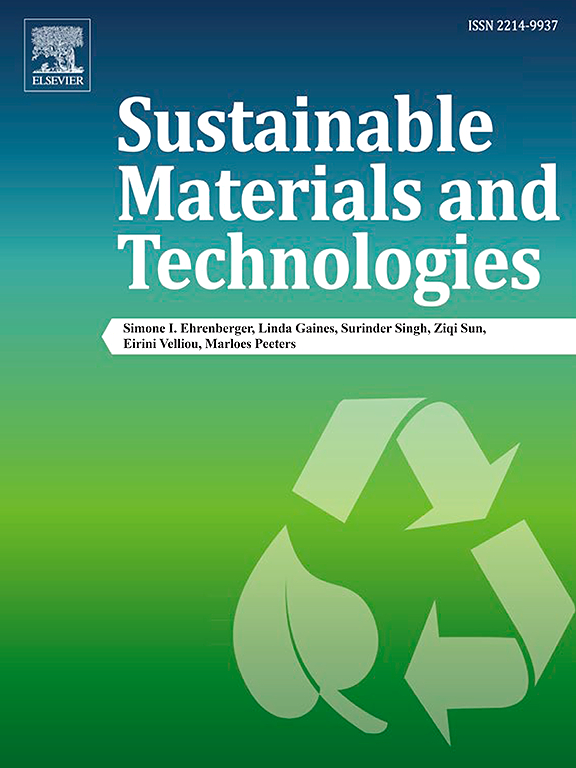Enhancing papermaking with nanocellulose and chitosan: Synergistic approaches for eco-friendly production
IF 8.6
2区 工程技术
Q1 ENERGY & FUELS
引用次数: 0
Abstract
The expanding demand for paper production has significantly contributed to the global economy, but it also presents substantial environmental challenges due to the diverse waste streams generated by the industry. To address these issues, eco-friendly biomaterials or also known as biopolymers are increasingly advocated in the papermaking process. The application of biopolymers in pulp and paper industries is focusing in improving the paper products performance especially for packaging paper products. Two promising sustainable materials are nanocellulose and chitosan. Nanocellulose, known for its abundance and biodegradability, serves as an effective additive in paper production, enhancing strength, retention, filtration, and coating properties. Chitosan, derived from chitin, the second most abundant polysaccharide in nature, is a renewable, non-toxic biomaterial with high cationic charge density, antibacterial properties, and excellent biocompatibility with cellulose. Its integration into papermaking enhances both dry and wet strength by forming hydrogen bonds with nanocellulose, thus improving the physical, mechanical, thermal, and antimicrobial properties of paper. The synergy between nanocellulose and chitosan not only enhances the overall quality of the paper but also supports the production of various types of paper, including packaging, printing, speciality, and textile paper. This approach underscores the role of sustainable biomaterials in innovating the papermaking industry while reducing its environmental footprint.
求助全文
约1分钟内获得全文
求助全文
来源期刊

Sustainable Materials and Technologies
Energy-Renewable Energy, Sustainability and the Environment
CiteScore
13.40
自引率
4.20%
发文量
158
审稿时长
45 days
期刊介绍:
Sustainable Materials and Technologies (SM&T), an international, cross-disciplinary, fully open access journal published by Elsevier, focuses on original full-length research articles and reviews. It covers applied or fundamental science of nano-, micro-, meso-, and macro-scale aspects of materials and technologies for sustainable development. SM&T gives special attention to contributions that bridge the knowledge gap between materials and system designs.
 求助内容:
求助内容: 应助结果提醒方式:
应助结果提醒方式:


